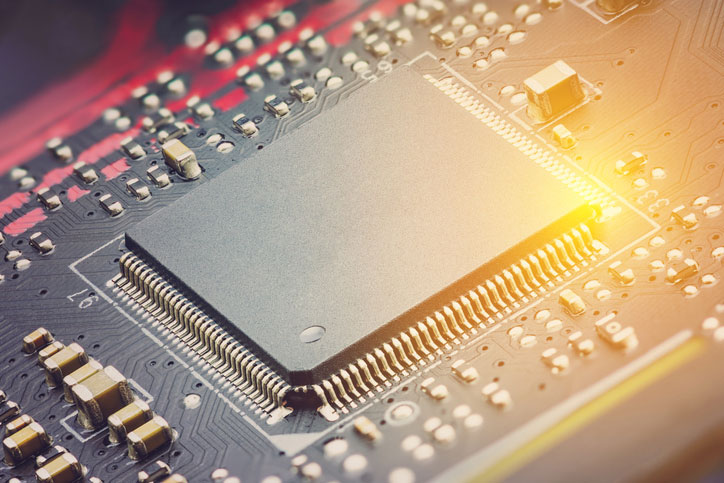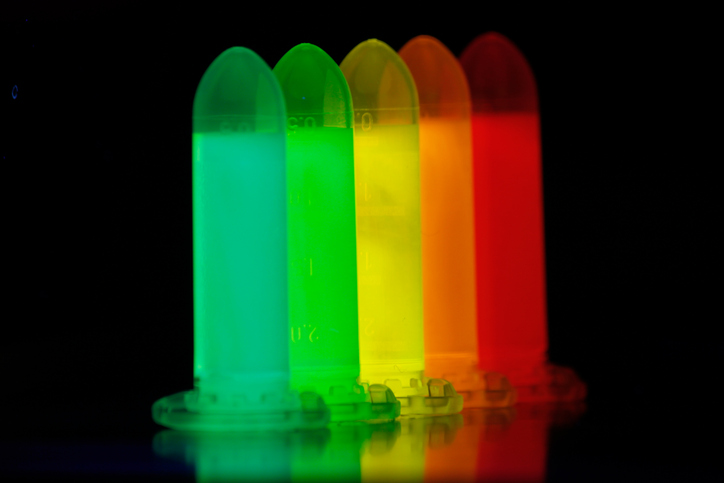 While tracking electrons moving through exotic materials, researchers have discovered intriguing properties not found in conventional, silicon-based semiconductors.
While tracking electrons moving through exotic materials, researchers have discovered intriguing properties not found in conventional, silicon-based semiconductors.
Unlike current silicon-based electronics, which shed most of the energy they consume as waste heat, the future is all about low-power computing. Known as spintronics, this technology relies on a quantum physical property of electrons—up or down spin—to process and store information, rather than moving them around with electricity as conventional computing does.
On the quest to making spintronic devices a reality, scientists at the University of Arizona are studying an exotic crop of materials known as transition metal dichalcogenides, or TMDs. TMDs have exciting properties lending themselves to new ways of processing and storing information and could provide the basis of future transistors and photovoltaics—and potentially even offer an avenue toward quantum computing.


 New graphene printing technology can produce electronic circuits that are low-cost, flexible, highly conductive and water repellent, researchers report.
New graphene printing technology can produce electronic circuits that are low-cost, flexible, highly conductive and water repellent, researchers report.
 Incorporating organic electronic materials in the field of bioelectronics has indicated promising potential in interfacing with biological systems, including neuroscience applications. Researchers from Linköping University are taking a major step forward in that work with their development of the world’s first complementary electrochemical logic circuits that can function for long periods of time in water.
Incorporating organic electronic materials in the field of bioelectronics has indicated promising potential in interfacing with biological systems, including neuroscience applications. Researchers from Linköping University are taking a major step forward in that work with their development of the world’s first complementary electrochemical logic circuits that can function for long periods of time in water. Researchers have found an explanation for why a certain class of quantum dots shines with such incredibly bright colors.
Researchers have found an explanation for why a certain class of quantum dots shines with such incredibly bright colors. Sensors on tape that attach to plants yield new kinds of data about water use for researchers and farmers.
Sensors on tape that attach to plants yield new kinds of data about water use for researchers and farmers. Every day about
Every day about  A new chemical sensor prototype will be able to detect “single-fingerprint quantities” of chemicals and other substances at a distance of more than 100 feet—and its creators are working to make it the size of a shoebox.
A new chemical sensor prototype will be able to detect “single-fingerprint quantities” of chemicals and other substances at a distance of more than 100 feet—and its creators are working to make it the size of a shoebox.